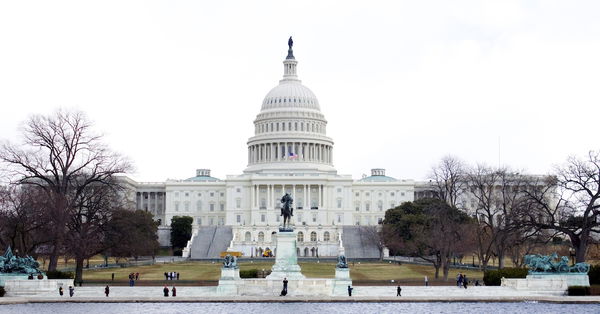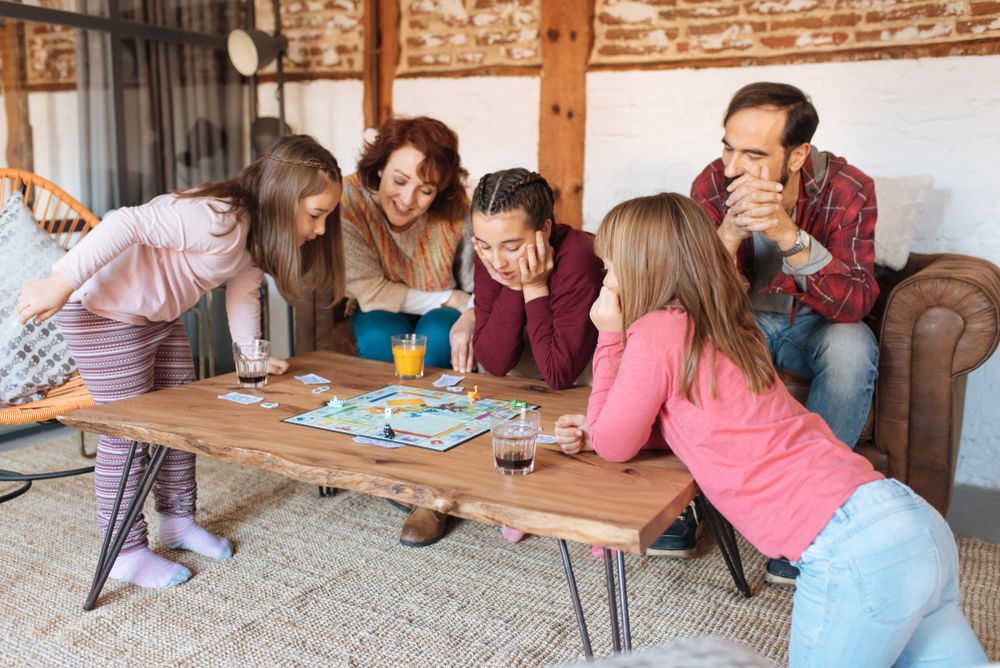Highlights
She is only 24 years old, but in her Facebook cover photo, she is surrounded by headstones. She crouches on the ground, her right arm draped atop a granite marker, and her eyes fixed on the name of her mother, who was just 38 years old when she passed away in 2007 from kidney problems. Lynn was 15 at the time and devastated.
“She literally died in my arms, she squeezed my hand and left,” she writes at I Believe in Love. “My mom was my oasis... If she was here today, my whole life might have been different.”
Lynn is no stranger to death. She has grieved the deaths of over 50 friends and close acquaintances, many of whom died due to overdoses, withdrawal symptoms, or suicide. Additionally, the deaths of her grandmother and paternal grandfather in the same year as her mother’s death left her reeling. Her grandfather had been like a father to her, since she had a rocky relationship with her biological dad due, in part, to his alcoholism. In her grandfather’s absence, Lynn turned to a friend’s father, whom she now calls “Dad.” She tears up while she talks about him: in his forties, he is slowly dying of cancer. He will be the third father she mourns.
Lynn’s young adult identity is one shaped by loss. She sees it as her life’s purpose to live in honor of those who have passed. As she put it, “Now I have to take my guardian angels—those friends and family who have passed and have my whole heart—carry them with me, and rely on their strength to get me through.” In a Facebook shout out to a friend who died from an overdose in her twenties, Lynn writes, “I always looked up to you girl and I will never stop! Watch over me love I am sober for you today and carrying your story everywhere I go!”
At times, though, death has overwhelmed her and contributed to her own struggles with heroin addiction, and codependent relationships. As she explained to me, no one grows up wanting to become a heroin addict. “No, all you do is try to avoid it your whole life,” Lynn said. “But then you get to the point where, ‘Oh my God, I lost everything. I guess I’ll try this because I have nothing left.’”
Lynn’s experience of death is not uncharacteristic for white, high-school educated young adults in the small town where I live in southwestern Ohio. As the Washington Post reported there is a “new divide” in American death rates, in which the death rates for middle-aged whites in rural areas, particularly for women, have increased “in a slow-motion crisis driven by decaying health in small-town America.” As the report explains, “Compared with a scenario in which mortality rates for whites continued to fall steadily after 1998, roughly 650,000 people have died prematurely since 1999—around 450,000 men and nearly 200,000 women. That number nearly equals the death toll of the American Civil War.”
For those like Lynn, it does not seem outlandish to compare the increasing rates of premature deaths to war casualties, because it is not a private grief, but a collective one. There is the sense that a death is not an isolated event but an overshadowing—part of a larger scourge affecting an entire town—something that hits like a natural disaster. A funeral comes to represent not just one casualty, but a larger fight against forces like the heroin epidemic, domestic violence, rampant bullying and suicide, or cancer.
There is the sense that a death is not an isolated event but an overshadowing—part of a larger scourge affecting an entire town—something that hits like a natural disaster.
Facebook pages become memorials. Tattoos too are erected as memorials on the very bodies of grieving friends and family. After the recent death of another one of Lynn’s friends, a woman in her early twenties who left behind a five-year-old son, Lynn got a tattoo in her honor, a common practice to remember the dead. On her friend’s Facebook wall she typed, “I love you babygirl. I hope you love your tattoo—it’s all for you. Fly high babygirl!!!!”
Premature death creates a backdrop of loss and grieving in small town America, which can set the scene for romantic relationships. Perhaps it isn’t surprising that a few of the couples I interviewed in southwestern Ohio met or reunited at funerals, where emotions run high, and people are vulnerable. Weddings are cliché places for couples to meet, but funerals may be becoming so.
After the suicide of his best friend, Travis reconnected with an old high-school crush at the funeral, and they quickly began a relationship. (However, after she stole his money, he learned of her struggle with drug addiction and their relationship abruptly ended after two weeks.)
And at her friend’s funeral last month Lynn reconnected with an ex-boyfriend. In their grief, the two picked back up where they had left off, and are now living together and planning to get married. “Never would have thought in a million years I would be back here again...,” she wrote on Facebook, “it’s sad how sometimes it takes something so traumatic to bring us together again.”
I don’t know for sure, but I’ve wondered if the context of loss makes it more likely that people will move quickly in relationships. Perhaps we “love like crazy” when we are hurting, feel closer to those who share our grief, and crave any connection that can act as a balm to that grief.
Those connections can be beautiful, and they can sometimes be problematic. As Lynn pointed out, the losses she suffered at a young age made her prone to addiction and codependent relationships. Looking for “love in all the wrong places,” she would “jump all in” or “act on impulse,” instead of thinking things through. She couldn’t stand to be alone. She recalls one relationship that lasted for three years but was plagued by addiction and codependency. They loved each other, but the problems they faced personally—problems connected in some ways to early experiences of traumatic loss—seemed too much for them to handle. “If I could take me and him out of our situations and put us in a better one, I think we could make it work,” she told me.
In other words, rising mortality rates are not just numbers on a page. Premature deaths can have real consequences for those left behind—and therefore on the relationships and families they form—and can also lead to the same kinds of risky behaviors that in turn contribute to more premature deaths.
Yet Lynn is not one to sit back and let circumstances be the only factor in her life. She has come to see her sufferings as an opportunity for growth (much like Dr. Martin Seligman’s “post-traumatic growth” theory). As she wrote in a recent blog post, “[T]he things in my life that have torn me apart are the same things that have in the process rebuilt me stronger.”
Her experiences motivated her to pursue an online degree in psychology and addiction studies. She hopes to become a counselor, with dreams of opening her own rehab center.
“It took me several years to get to this point because I was held back by heroin addiction, a lack of routine, codependent relationships, and the loss of many close family members and friends,” she explained. “But ultimately I decided to pursue my degree because of those experiences and because I want to help others who have struggled with the same demons in life.”
Lynn is taking her identity, which has been so shaped by loss, and precisely through the loss is fashioning an even deeper identity: “I am the kind of person that can help others because of my suffering.”
Lynn’s story, then, points to the double-edged implications of loss for those left behind in rural America. On the one hand, rising mortality rates often mean that family life is cut short, children are orphaned, and romantic relationships risk becoming places where grieving people try to meet each other’s needs in desperate ways. But as Lynn’s response to her own loss shows, these stories need not end with more loss. Instead, that loss can be remade into determination—determination to find additional and more effective ways to fight the underlying causes of rising death rates in rural America.











